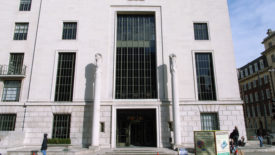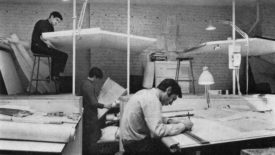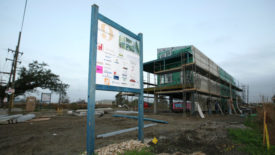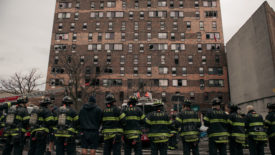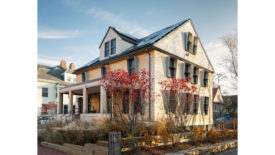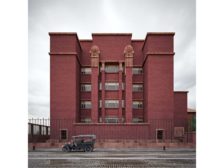Commentary & Criticism
Review: "MAU," a film by Benji and Jono Bergmann
Read More
The Imperative of Ending Coerced Student Labor
A reckoning with faculty misconduct at SCI-Arc shows the need for deeper change in the industry
Read More
Lessons from Brad Pitt’s Failed Architectural Experiment in New Orleans
With Make it Right houses in disrepair, a community reckons with what went wrong
Read More
The Site of New York City’s Worst Fire in Decades, Twin Parks Northwest Was Once a Model of Social Housing
The Bronx residential prototype, where 17 residents died earlier this month, was an innovative housing prototype when built in the early 1970s
Read More
Copyright ©2025. All Rights Reserved BNP Media.
Design, CMS, Hosting & Web Development :: ePublishing


